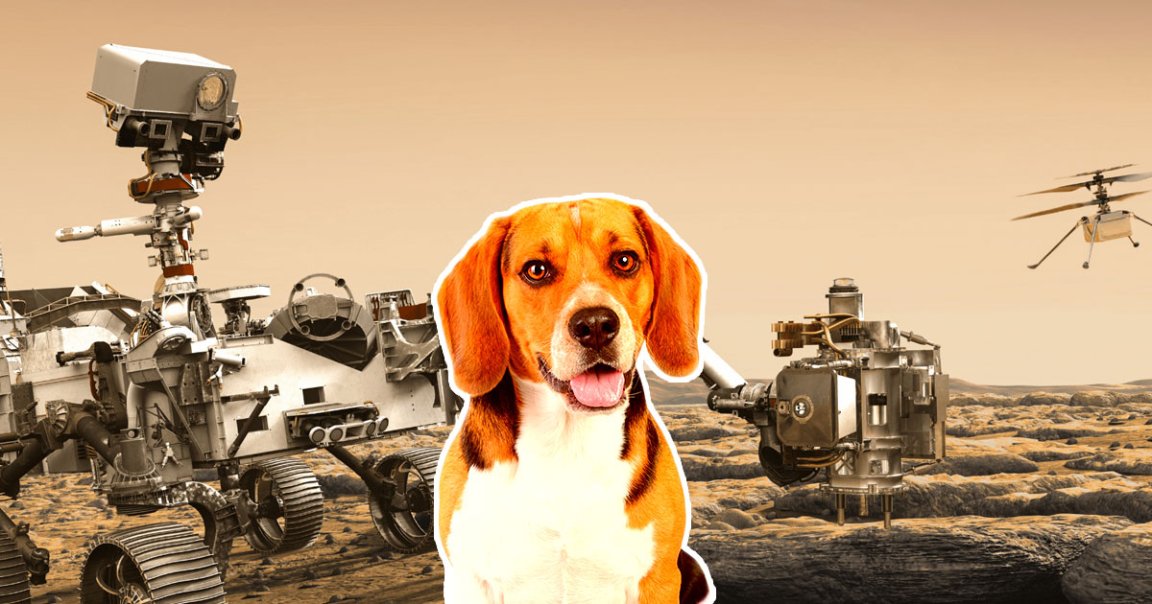
Drop the Marslupa
Since 2021, NASA’s Perseverance rover has been roaming the desolate surface of Mars, collecting samples and probing the area for signs of ancient microbial life.
And thanks to one of its onboard scientific instruments called MOXIE (Mars Oxygen In-Situ Resource Utilization Experiment), it’s even generated some breathable oxygen from the planet’s thin atmosphere, a proof-of-concept that could lay the groundwork for future efforts of colonizing the Red Planet.
But the space agency still has some ways to go until such a device can generate enough air for an entire colony. Since landing on the planet back in 2021, MOXIE has generated a mere 122 grams of oxygen. According to a NASA blurb about the accomplishment, that’s roughly the amount a small dog needs to breathe for ten hours. Woof!
Refueling Spot
While that may sound underwhelming, it’s still an incredible scientific feat considering that it was accomplished more than a hundred million miles from Earth.
“Developing technologies that let us use resources on the Moon and Mars is critical to build a long-term lunar presence, create a robust lunar economy, and allow us to support an initial human exploration campaign to Mars,” said NASA Deputy Administrator Pam Melroy in the blurb.
The performance of MOXIE also vastly exceeded expectations, generating twice as many grams of oxygen per hour as NASA expected. It was also able to do so throughout the Martian year, too, despite widely varying conditions.
The instrument works by separating one oxygen atom from each carbon dioxide atom pulled from the Martian atmosphere through a complex electrochemical process.
This harvested oxygen could not only serve as breathable air for future astronauts, but could also be used to generate rocket propellant, which could make future trips to the Red Planet a lot more feasible since it could greatly lower the amount of fuel we have to bring along from Earth.
Now, researchers are excited to follow up the mission with MOXIE 2.0, which could harvest oxygen and then liquefy it for storage. When such an experiment could make its way to Mars remains unclear, however.
“By proving this technology in real-world conditions, we’ve come one step closer to a future in which astronauts ‘live off the land’ on the Red Planet,” said Trudy Kortes, director of technology demonstrations at NASA’s Space Technology Mission Directorate, in the statement.
More on MOXIE: NASA Gets Amazing New Results Generating Oxygen on Mars